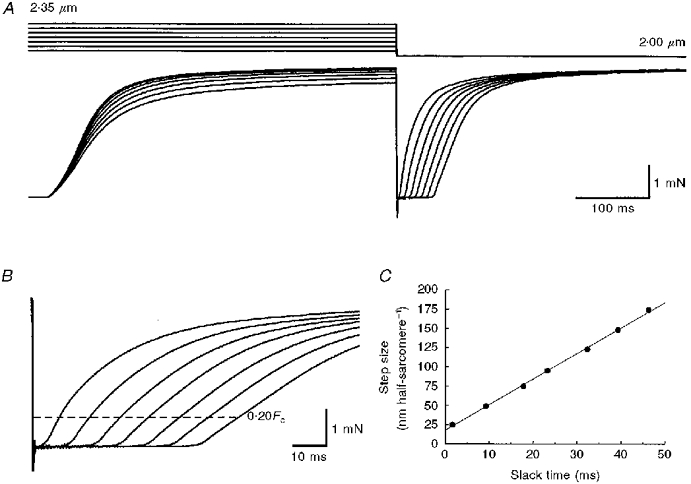Figure 1. Effects of step releases on force and the rate of force regeneration (dF/dtR) after shortening of intact frog skeletal muscle fibres.

A, representative length (top) and force (bottom) records from one experiment. Step length releases were used to drop force to zero and to allow the fibre to shorten at maximum (unloaded) shortening velocity (Vu). Releases were introduced from the plateau of an isometric tetanus after 500 ms of stimulation. Starting mean sarcomere length (SL) varied from 2.05 to 2.35 μm but force regeneration was always at a fixed SL of 2.00 μm. B, force records shown in A on an expanded time scale, showing slowing of rate of rise of force with increasing release size. The dashed line represents 20 % of peak isometric tetanic force (Fo) after releases, the force at which dF/dtR was calculated for each release. C, plot of release size versus slack time for force records shown in A and B. The line is a least-squares regression fitted to the data (Vu= 3.33 μm half-sarcomere−1 s−1). Fibre 960929.
